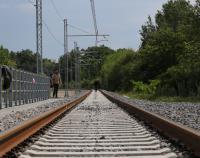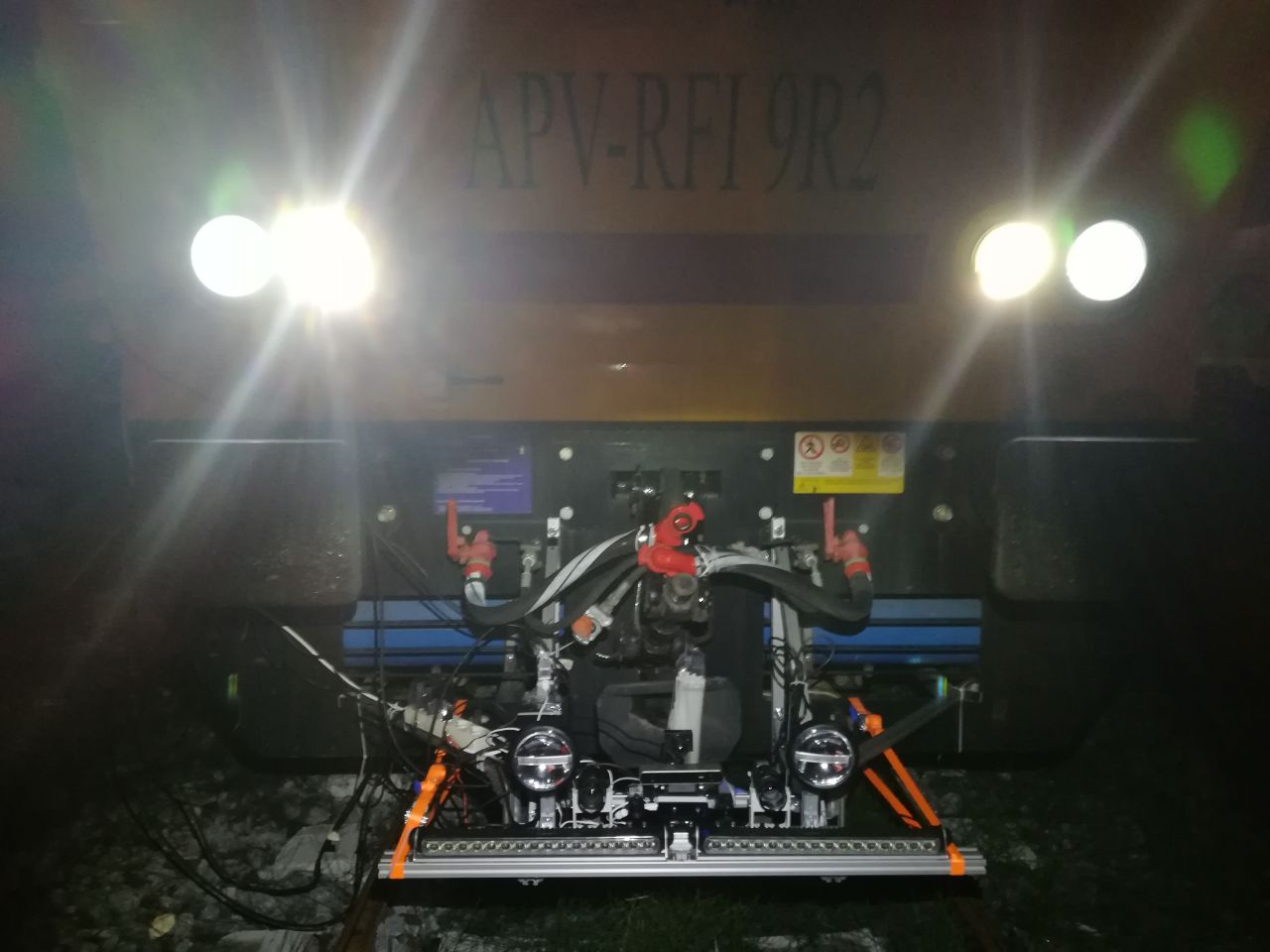

Computer Vision for Real-Time Obstacle and Anomaly Detection on Railway
The project stems from the need to be able to supervise railway lines under interruption in order to monitor and control the freedom of the railway site before it is restored to traffic. In temporary or periodic construction sites, when traffic is restored, there is a risk that tools and/or mobile structures may be inadvertently left out of position, thus posing a material risk to the movement of rolling stock.
Currently, the IPC identifies the Interruption Holder as the person responsible for ascertaining the freedom of the railway premises where the work has been carried out. The person in charge must therefore ensure that the railway locations are free from people, equipment, vehicles or other obstacles and that the normal safety characteristics of the infrastructure are restored. If the Interruption Holder is unable to do this himself, he may use a specially appointed member of staff who, by means of a recorded report, confirms that the checks have been carried out.
The need is to replace the line visit with a light drone travelling on the track, capable of verifying the freedom of the Minimum Obstacle Profile (PMO) after the end of construction work or before the line is put back into circulation. The drone, in case of detection of objects/materials, identifies their progressive and informs the security agent to allow their immediate removal.

Detection and recognition of obstacles with a size of at least 20 cm is one of the objectives of the research project.
- High speed up to 100 km/h. This speed corresponds to the speed of the light drone on which the machine vision system will be installed. Such a high speed makes it necessary to use cameras with a high frame rate in order to be able to process on several frames the space around the drone, both in front of the drone (on the tracks) and in the surrounding area.
- Night-time inspection. This requires thermal or IR cameras in the absence of lighting on the line, or an active lighting system using floodlights to provide sufficient illumination of the area to be monitored.
- High-resolution image processing. Multi-resolution images to try to analyse the space in front of them up to a distance of no less than 200 metres.
- Real-time processing. The artificial vision system must operate in real time and generate alarms for each obstacle and/or anomaly detected. If the detection of a given obstacle or anomaly occurs with a certain degree of uncertainty, it should also be possible to generate only warnings, which should be appropriately classified in order to discriminate any false alarms. Next-generation embedded solutions using GPU cards or FPGA solutions must be evaluated.
Publications
| 1 |
Gasparini, Riccardo; Pini, Stefano; Borghi, Guido; Scaglione, Giuseppe; Calderara, Simone; Fedeli, Eugenio; Cucchiara, Rita
"Anomaly Detection for Vision-based Railway Inspection"
Proceedings of the 1st International Workshop on Artificial Intelligence for RAILwayS (AI4RAILS),
vol. 1279,
Munich, Germany,
pp. 56
-67
,
7 September 2020,
2020
| DOI: 10.1007/978-3-030-58462-7_5
Conference

|
| 2 |
Gasparini, Riccardo; D'Eusanio, Andrea; Borghi, Guido; Pini, Stefano; Scaglione, Giuseppe; Calderara, Simone; Fedeli, Eugenio; Cucchiara, Rita
"Anomaly Detection, Localization and Classification for Railway Inspection"
Proceedings of the 25th International Conference of Pattern Recognition,
Milan,
pp. 3419
-3426
,
10-15 January 2021,
2020
| DOI: 10.1109/ICPR48806.2021.9412972
Conference

|
Video Demo
Project Info

